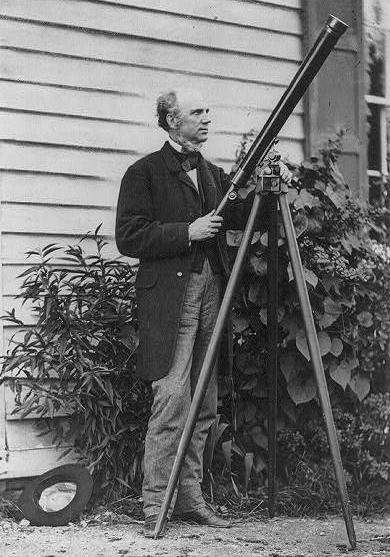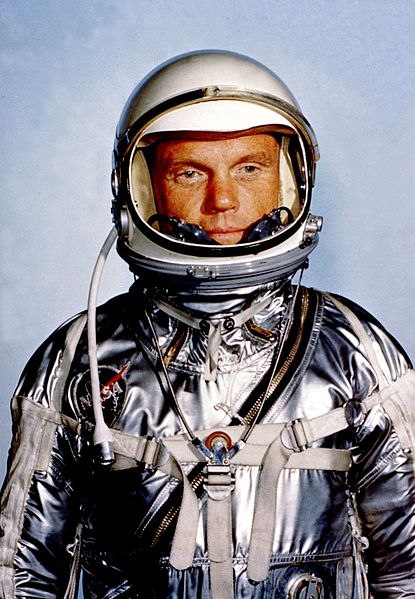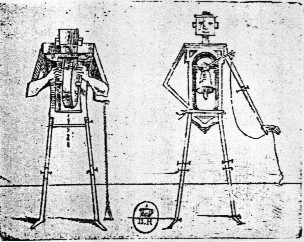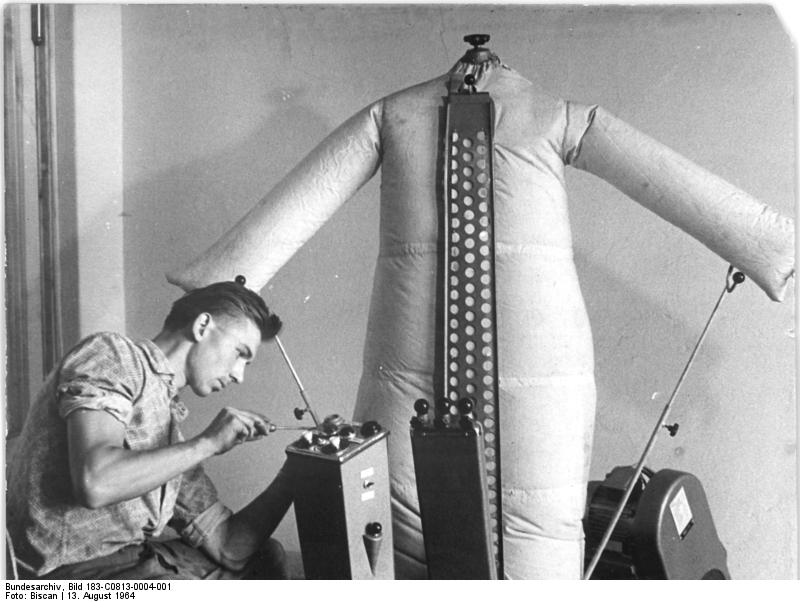The opening of Lauren Hilgers’ Wired feature about Zhang Yue, the unlikely Chinese builder who is erecting tall, sustainable buildings in blindingly short spans of time and at shockingly low costs:
“Zhang Yue, founder and chairman of Broad Sustainable Building, is not a particularly humble man. A humble man would not have erected, on his firm’s corporate campus in the Chinese province of Hunan, a classical palace and a 130-foot replica of an Egyptian pyramid. A humble man, for that matter, would not have redirected Broad from its core business—manufacturing industrial air-conditioning units—to invent a new method of building skyscrapers. And a humble man certainly wouldn’t be putting up those skyscrapers at a pace never achieved in history.
In late 2011, Broad built a 30-story building in 15 days; now it intends to use similar methods to erect the world’s tallest building in just seven months. Perhaps you’re already familiar with Zhang’s handiwork: On New Year’s Day 2012, Broad released a time-lapse video of its 30-story achievement that quickly went viral: construction workers buzzing around like gnats while a clock in the corner of the screen marks the time. In just 360 hours, a 328-foot-tall tower called the T30 rises from an empty site to overlook Hunan’s Xiang River. At the end of the video, the camera spirals around the building overhead as the Broad logo appears on the screen: a lowercase b that wraps around itself in an imitation of the @ symbol.”
























